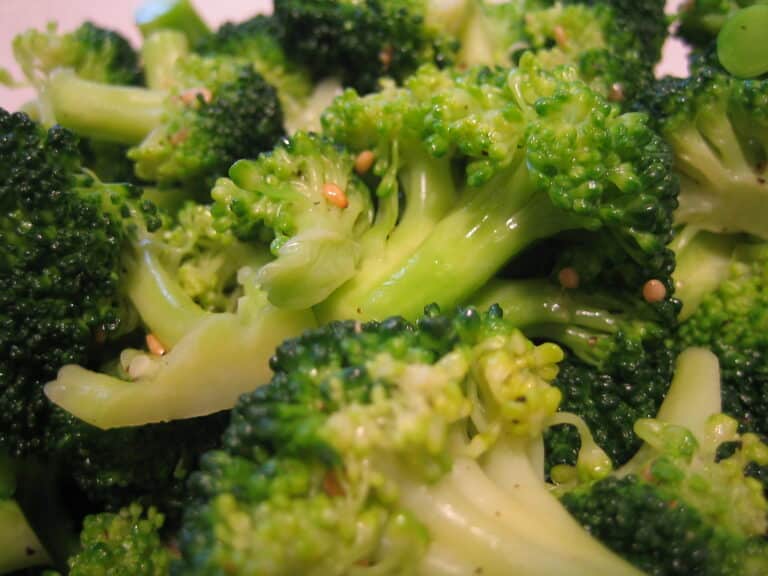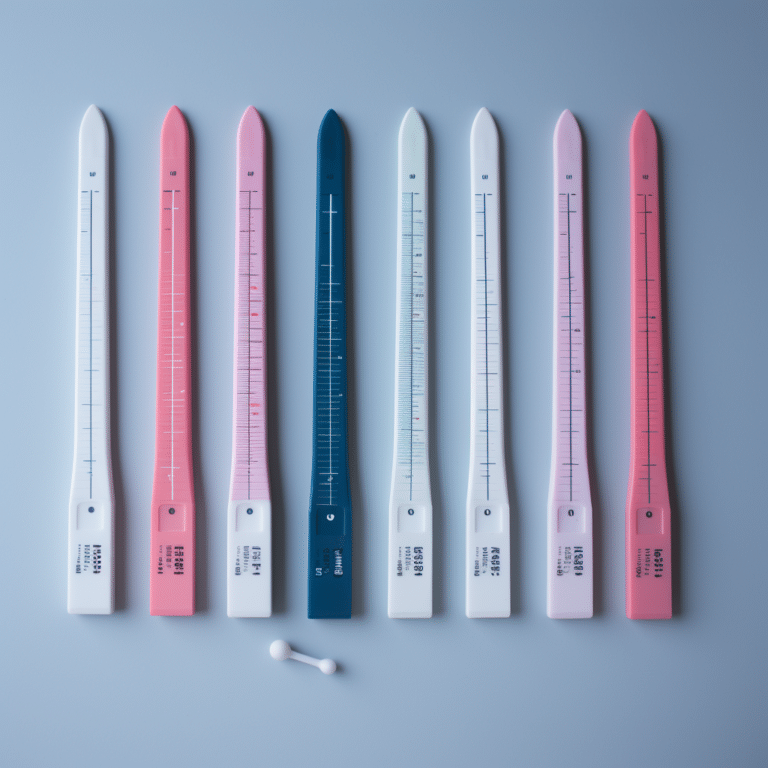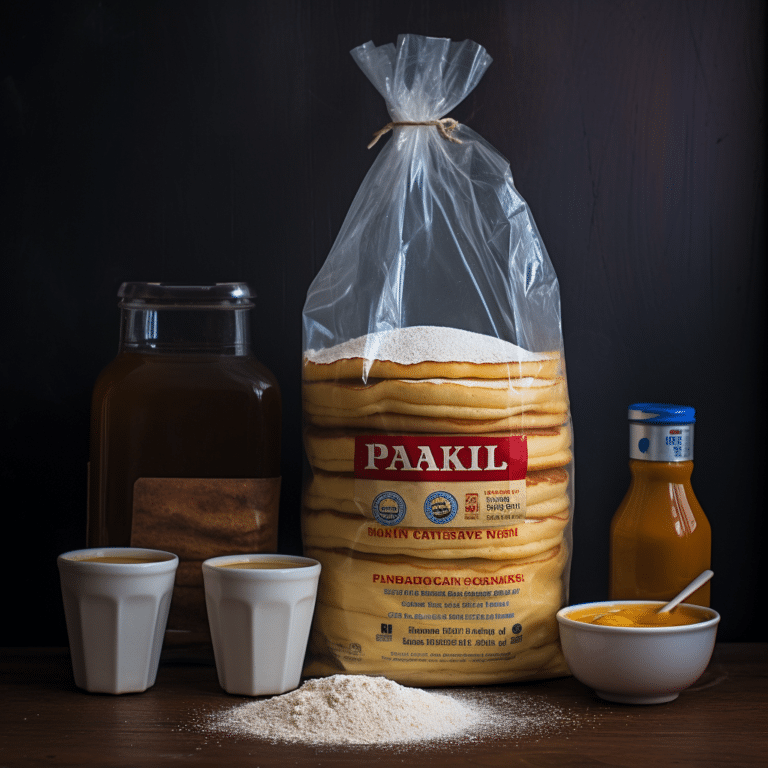How Many Formula Cans Per Month for Babies?
It’s a question that may seem obvious, but for busy parents expecting to use the formula for their babies, it can be confusing. So, we’re here to help. The average baby needs about 18-36 ounces daily, depending on their mood.
How Many Cans of Formula Per Month?
That means if you have a newborn, you’ll need about three canisters of formula each day or one canister every two hours or so. Similarly, your infant will probably get away with one canister every few hours.
However, for breastfeeding mothers, things may be slightly different—especially if their toddlers are yet to be fed with solid foods. Basically, they would require 15-20 ounces daily (even though some may say they need more!) of breast milk. So, the formula needed to supplement breast milk would be lower compared to pure formula-f
Needless to say, various factors will influence the fed toddlers.
ormula you will give your infant, irrespective of their condition. So keep reading to learn more.
Your baby’s age
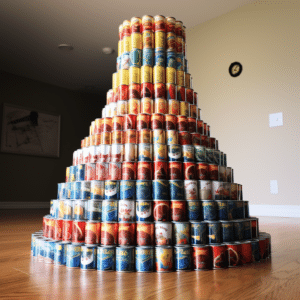
Your baby’s age is one of the most important factors to consider when determining how many formula cans you can safely feed them daily. The formula for babies under six months old should be given in small amounts and gradually increase as their tummies get bigger.
Once a baby reaches six months old, it should be able to have 6–8 ounces daily. This is because the stomachs of babies this age are not yet fully developed and are more likely to be susceptible to digestive upsets if they eat too much at once.
Your baby’s birth weight
It is important to note that the number of formula cans you can feed your toddler depends on their birth weight. So, if your baby was born early or weighed less than 4,000 grams, it may need more formula than an average-weight newborn.
The average weight of a preterm infant is 3400 grams, while the average weight of a full-term infant is around 4000 grams.
You can also check with your pediatrician or pediatric nurse about how many formula cans you can give your toddler during each feeding. The most important thing is to continue breastfeeding until they are at least four months old, which will help ensure they get the nutrients from breast milk needed for growth and development.
Your baby’s size and growth rate
Your baby’s size and growth rate are important factors to consider when determining how many formula cans you can feed your toddler.
It’s a good idea to start with one formula can per day, then gradually increase that amount as your baby’s appetite grows. For example, if you’re starting with an 8-month-old and eating 4 ounces of formula per feeding, you can add one more can each week until they reach 12 ounces per feeding.
At this point, you should stop increasing the amount of formula being fed unless your baby shows dehydration or vomiting. If you have twins or triplets, it’s best to space them out so that one doesn’t get too much milk at once. If your baby takes more than 18 ounces of milk daily, it could become dehydrated or sick from overfeeding.
However, you may need to change the formula more often if your baby is fussy or has colic. When you’re ready to switch, try giving your baby a new feeding schedule that includes 3-4 ounces of formula per feeding and a snack before bedtime. This will allow them to adjust gradually over time.
Type of Formula
The type of formula can be a factor in determining how much you should give your toddler. Some formulas contain more calories and nutrients than others, making them more appropriate for growing toddlers.
However, the formula you choose should be based on your child’s age and weight and the number of calories they are receiving. You should also decide whether your child needs a pre- or post-mixed formula based on age and digestive system.
Pre-mixed formulae have had some of the lactose removed before being combined with fluid, making them more digestible for infants and toddlers.
Number of Feedings
It is important to note that there is no standardization for the frequency of formula feedings. Your baby’s doctor will recommend how often you should feed your baby and how many ounces of formula to give your baby.
Some children may need fewer feedings than others. For example, if your child is growing well and gaining weight, he may only need one feeding per day.
On the other hand, if your infant is not growing weight or is not gaining well and is at risk of dehydration, you should take precautions. It may be suggested that he eat more often (than once daily). Make sure he eats several little meals throughout the day.
However, the number of feedings per day will ultimately affect the number of formula cans per month.
Activity level
If your child has a lot of energy or is always moving around, they may need more formula than an average toddler because they’re burning off extra calories. On the other hand, if they’re not doing much after lunchtime or only go down for naps during the morning hours, you can probably get away with giving them less formula than recommended above.
Your budget
You may not have enough money to buy all the formula your baby needs monthly if you’re on a tight budget. If this is the case for you, talk with your doctor about ways to cut costs and ensure you have enough money each month for other necessities such as diapers and wipes.
Other health conditions
Children with certain health conditions may need different amounts of formula than others. For example, children with severe diarrhea or vomiting can lose up to 10 percent of their body weight while sick so they may need more formula than other children.
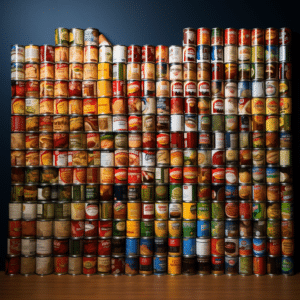
Final Thoughts
If you’re trying to figure out how many cans of formula per month you’ll need for your baby, it’s not much of a math problem. Remember that numbers vary depending on age, weight, and other factors, so it may still be a good idea to have a month’s worth of formula on hand.
While the experts agree that all babies should be fed breast milk for the first six months of their lives, it can still be a great comfort to know that there will always be enough formula.

